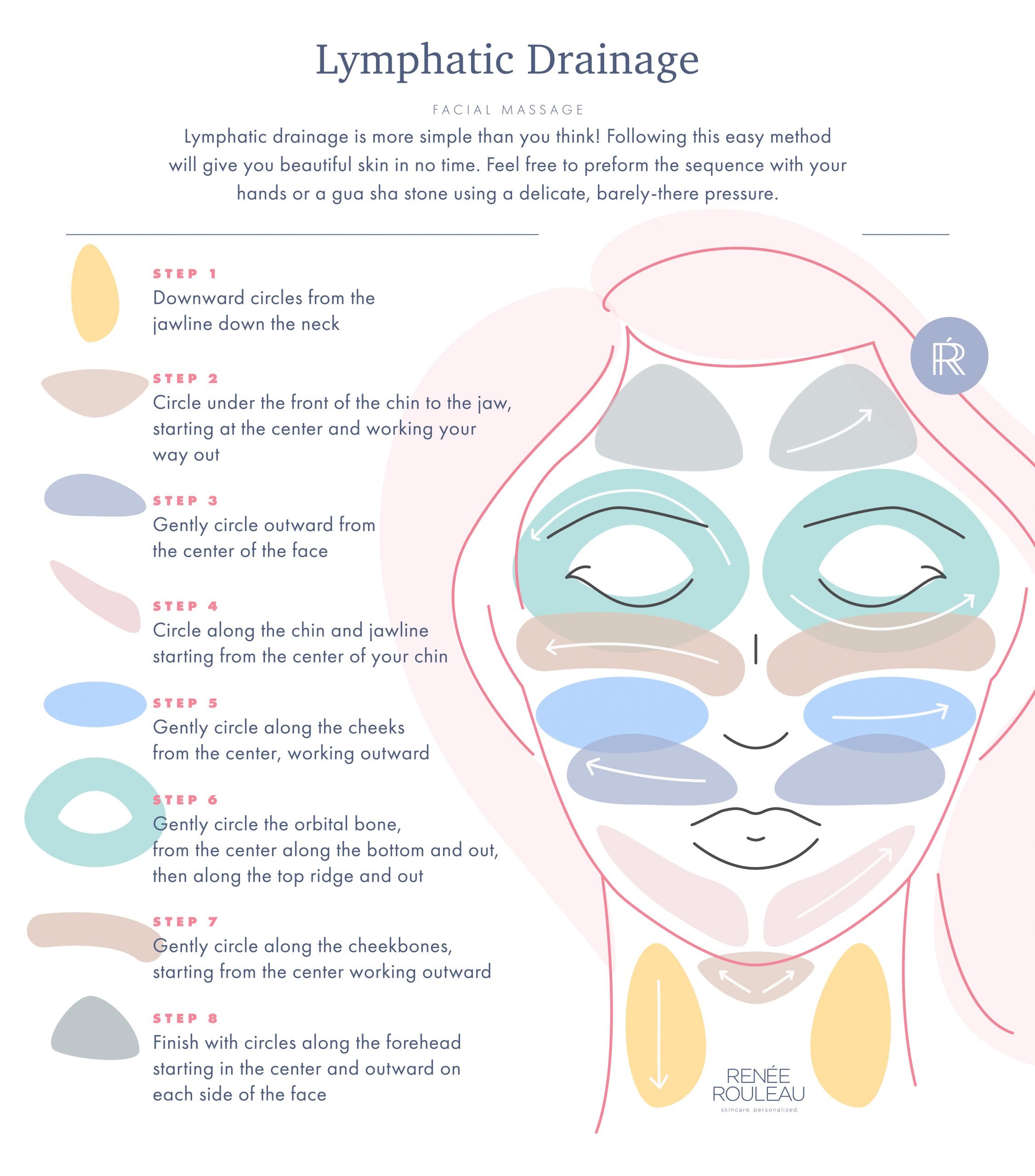Topic how to massage a scar on face: Discover the transformative power of facial scar massage with our comprehensive guide. Learn how to improve healing, enhance skin texture, and boost confidence by mastering simple, effective techniques for massaging scars on your face.
Table of Content
- Overview
- Introduction to Scar Massage
- Understanding Different Types of Facial Scars
- How to massage a scar on the face?
- YOUTUBE: How to Do Scar Massage
- Preparation for Scar Massage
- Detailed Techniques for Massaging Facial Scars
- Special Tips for Massaging Different Types of Scars
- Post-Massage Care and Tips
- When to Start Massaging a Facial Scar
- Common Mistakes to Avoid in Scar Massage
- Alternative Scar Treatment Techniques
- When to Seek Professional Help
Overview
Massaging a scar on the face can help to reduce its appearance, improve flexibility, and promote healing. It\"s essential to wait until the wound has fully healed before starting any massage regimen.
Preparing for Scar Massage
- Ensure the wound has healed completely, typically up to 6 weeks post-surgery.
- Clean the area with mild soap and warm water, then apply a moisturizer.
Massage Techniques
Use light, circular motions to massage the scar. Start with gentle pressure, gradually increasing as tolerated. Massage should be done daily for the best results.
Special Considerations
- For keloid scars, apply a natural oil or cream before massaging to improve blood circulation and break down fibrous tissue.
- When massaging lip scar tissue, be extra gentle to avoid pulling or stretching the skin.
- Stretching and heat application can improve the scar\"s flexibility and range of motion, especially near joints.
Cautions
Do not massage deep scars until fully healed. Avoid massaging if it causes pain or increases tissue redness. Consult with a healthcare provider before starting a massage regimen, especially for deep or sensitive scars.
Maintaining Scar Health
- Keep the scar moisturized to prevent dryness and cracking.
- Apply lotions or massage oils during massage to keep the skin hydrated.
- Consider consulting a certified massage therapist for alternative techniques like cupping.
Additional Tips
For optimal results, combine massage with other treatments like silicone sheets and gels. Regular massage improves circulation, leading to quicker healing and reduced inflammation.

READ MORE:
Introduction to Scar Massage
Scar massage is a therapeutic technique used to improve the condition and appearance of scars on the face. This process not only helps in softening and flattening the scar tissue but also enhances skin flexibility and reduces discomfort. Understanding the right methods and precautions can significantly aid in the healing journey of facial scars.
- Scar massage aids in breaking down the tough scar tissue, making it softer and more pliable.
- Regular massage increases blood circulation to the scar, promoting faster and better healing.
- Massaging a scar can reduce the buildup of collagen at the site, decreasing the risk of hypertrophic or keloid scarring.
- It also helps in desensitizing the area, reducing pain and discomfort associated with scar tissue.
Before starting a scar massage regimen, ensure the scar and surrounding area are fully healed. It\"s crucial to clean your hands and the scar area properly to avoid any infection. Using the right techniques and moisturizers can enhance the massage\"s effectiveness, offering relief and improving the skin\"s appearance over time.

Understanding Different Types of Facial Scars
Different types of scars require unique approaches for effective massage and healing. Understanding the nature and origin of your facial scar is crucial before beginning any treatment regimen.
- Atrophic Scars: These are indented scars that form when the skin does not regenerate tissue. Commonly resulting from acne or chickenpox, these scars appear sunken and are often found on the cheeks and forehead.
- Hypertrophic Scars: Raised and red scars that stay within the boundary of the original wound. They arise from excessive collagen production and typically develop after burns, cuts, or piercings.
- Keloid Scars: Similar to hypertrophic but extend beyond the original injury site. Keloids are more common in darker skin tones and can grow indefinitely, often appearing on the earlobes, cheeks, and jawline.
Identifying your scar type is essential for applying the correct massage techniques and products. Atrophic scars may require gentle stimulation and collagen induction therapy, while hypertrophic and keloid scars benefit from firm, directional massage to flatten and soften the scar tissue. Proceed with care and consult with a dermatologist if unsure of your scar type to ensure safe and effective treatment.
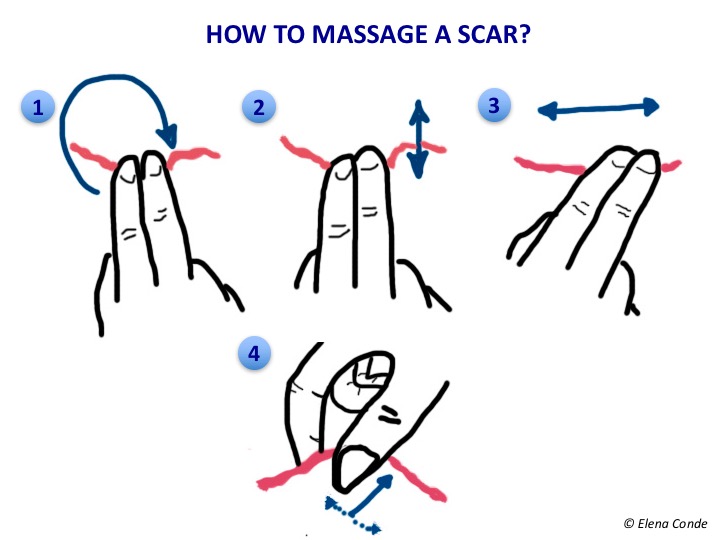
How to massage a scar on the face?
To massage a scar on the face, follow these steps:
- Start by cleansing your hands and the scarred area with a gentle cleanser.
- Apply a small amount of oil or lotion to the scar to help reduce friction during the massage.
- Using the pads of your fingertips, gently press down on the scar and move your fingers in circular motions.
- Continue massaging the scar for 5-10 minutes, applying light to moderate pressure.
- You can also use a small, smooth object like a jade roller or a spoon to massage the scar in a similar circular motion.
- Repeat this massage technique daily to help improve circulation, break down scar tissue, and promote healing.
- Be consistent with your scar massage routine for best results.
How to Do Scar Massage
For the keyword \"Scar massage\": Indulge in the soothing world of scar massage, a gentle and therapeutic technique that promotes healing and reduces tightness. Watch our informative video to learn how to effectively address scars with this relaxing practice. For the keyword \"Scar reduction\": Discover the secrets to effective scar reduction in our enlightening video. Explore expert tips and proven methods to diminish the appearance of scars and unveil smoother, healthier skin.
How to Reverse Scarring and Reduce Scar Tissue Build Up - Peaches Skin Care Massage Series
In our most recent video on #massage we will discuss the three types of #scartissue and what steps/massage techniques you can ...
Preparation for Scar Massage
Proper preparation is crucial to ensure the safety and effectiveness of your facial scar massage. Follow these steps to prepare your skin and environment before starting the massage.
- Ensure Complete Healing: Confirm that your scar and the surrounding skin are fully healed. There should be no open wounds, scabs, or significant redness.
- Clean the Area: Wash your face and hands with a gentle, non-irritating soap to reduce the risk of infection.
- Select Appropriate Products: Choose a hypoallergenic massage oil or cream that suits your skin type. Test the product on a small skin area to ensure there are no adverse reactions.
- Create a Comfortable Environment: Set up a relaxing space with comfortable room temperature and soft lighting. This will help you relax and enhance the massage\"s effectiveness.
- Start with Clean Tools: If using any massage tools, make sure they are clean and sanitized.
By following these preparatory steps, you can create a safe and conducive environment for your facial scar massage, promoting healing and improving the appearance of your scar.

_HOOK_
Detailed Techniques for Massaging Facial Scars
Effective scar massage can lead to significant improvements in the appearance and flexibility of facial scars. Here are detailed techniques to guide you through the process:
- Light Circular Motions: Using your fingertips, apply a gentle pressure to the scar. Move your fingers in small, light circular motions to stimulate blood flow and encourage the breakdown of scar tissue.
- Vertical and Horizontal Strokes: Gently massage the scar in vertical strokes followed by horizontal strokes. This helps to realign the scar tissue and promote elasticity.
- Pinching Technique: Very gently pinch the scarred area between your fingers, lifting it slightly from the surrounding skin. This method helps in loosening and softening the scar tissue.
- Pressure Massage: Apply consistent, gentle pressure to the scar with your fingertips. Hold for a few seconds, release, and repeat. This technique helps to flatten the scar.
- Gliding Massage: Place your fingers near the scar and gently glide them across the surface, maintaining light pressure. This helps in reducing the scar\"s thickness and improving its texture.
Always start with a clean, moisturized face to minimize irritation. Each technique should be performed gently to avoid damaging the skin. Consistency is key – practice these techniques daily for best results.

Special Tips for Massaging Different Types of Scars
Each type of scar requires a unique approach to massage. Below are tailored tips for massaging different types of facial scars effectively and safely:
- Atrophic Scars: These scars are typically recessed. Use very gentle, light motions to avoid further skin damage. Focus on encouraging blood flow to the area without applying direct pressure on the scar itself.
- Hypertrophic Scars: Since these are raised and often sensitive, use a gentle but firm pressure. Massage in directions perpendicular to the scar\"s orientation to help break down the excess collagen building up in the scar.
- Keloid Scars: Extra care is needed due to their tendency to grow. Apply minimal pressure and use small, circular motions to massage around the scar edges. Avoid the central area if it is particularly raised or tender.
Regardless of the type, always start your massage session after ensuring the scar and surrounding skin are clean and hydrated. Be consistent with your massage routine, but stop immediately and consult a healthcare professional if you experience any discomfort, redness, or swelling.
Post-Massage Care and Tips
Proper post-massage care is essential to enhance the healing of facial scars and maintain skin health. Follow these tips to ensure effective aftercare:
- Hydrate the Skin: After massaging, apply a hydrating serum or moisturizer to keep the skin supple and aid in healing. Choose products that are suitable for your skin type and free from irritants.
- Apply Sunscreen: Protect the scar and surrounding skin from sun exposure by applying a broad-spectrum sunscreen with at least SPF 30. This can prevent the scar from darkening and promote even healing.
- Monitor the Scar: Observe any changes in the scar\"s appearance, texture, and sensitivity. If you notice increased redness, swelling, or discomfort, reduce the frequency of massage or consult a dermatologist.
- Keep the Area Clean: Continue to maintain cleanliness in the scar area to prevent infection, especially after outdoor activities or sweating.
- Stay Consistent: Regular massage and consistent post-massage care contribute to the best outcomes. However, be patient as scar remodeling can take time.
Remember, each skin reacts differently. If you have concerns about your scar\"s reaction following massage, do not hesitate to contact a healthcare professional for advice.

When to Start Massaging a Facial Scar
Timing is crucial for scar massage to be effective and safe. It\"s essential to ensure that your facial scar is ready for massage to avoid any complications and to promote optimal healing.
- Ensure Complete Healing: Start massaging only after the wound has fully healed. This means no open wounds, oozing, or bleeding.
- Wait for Reduced Redness: The scar should not be excessively red or swollen. Wait until these signs of inflammation have subsided.
- Check for Skin Strength: The skin around the scar should feel strong and elastic, not fragile or tender to the touch.
- Sutures and Stitches: Ensure all sutures or stitches have been removed and the incision line has fully closed.
- Consult Your Doctor: Get a professional opinion to confirm that your scar is ready for massage, especially if the scar resulted from surgery or a significant injury.
By waiting for the appropriate time to begin massaging your facial scar, you can enhance the healing process, improve the scar\"s appearance, and reduce the likelihood of any adverse effects.
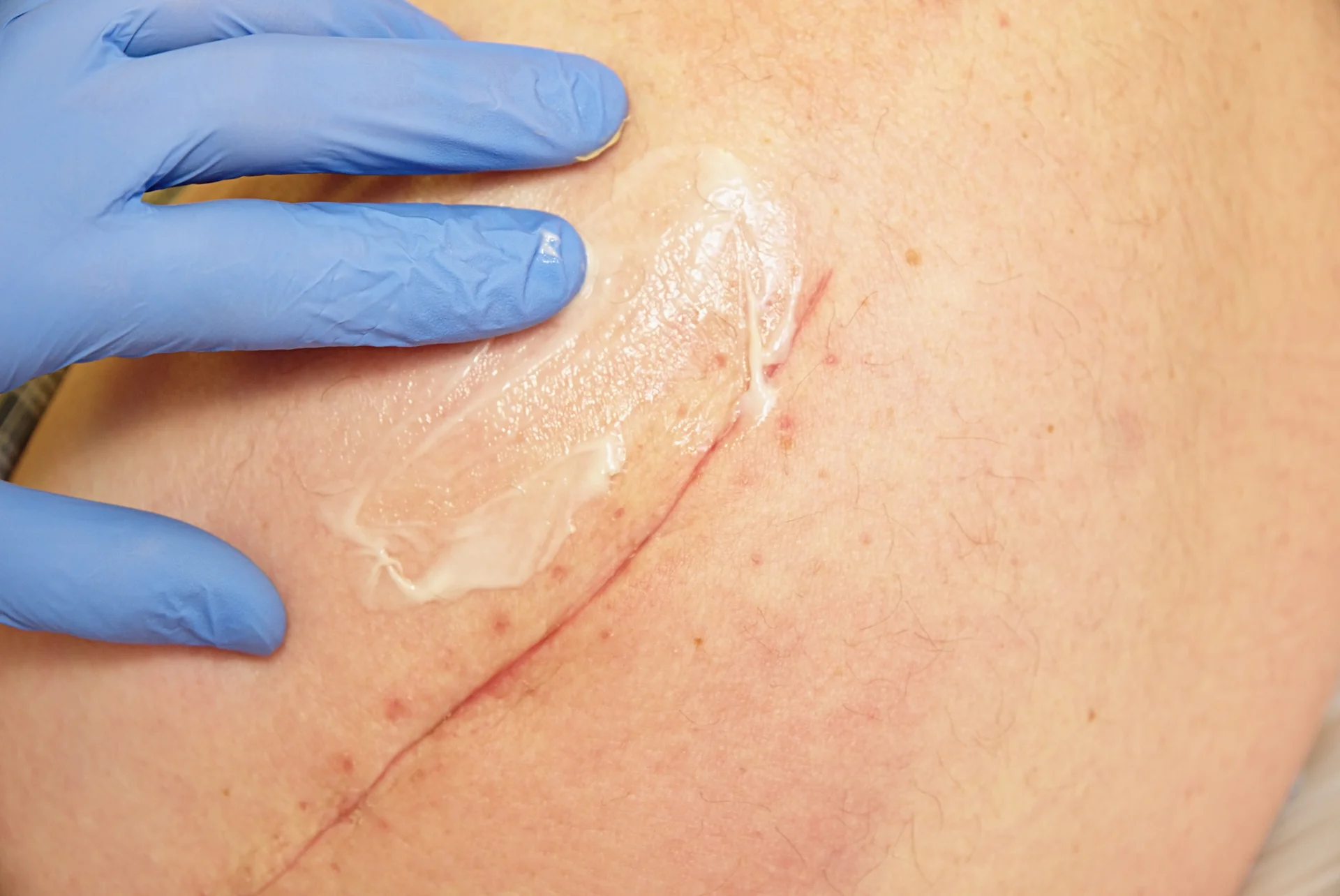
Common Mistakes to Avoid in Scar Massage
Proper technique and timing are essential for effective scar massage. Avoiding these common mistakes can help ensure your scar heals beautifully and without complications:
- Starting Too Soon: Massaging a scar before it has fully healed can lead to further injury and infection. Ensure the wound is completely closed and there is no sign of redness or swelling.
- Applying Too Much Pressure: While some pressure is necessary, too much can aggravate the scar and surrounding tissue. Use gentle motions and gradually increase pressure as the scar softens.
- Using Inappropriate Products: Avoid harsh or scented products that can irritate the skin. Opt for hypoallergenic oils or creams designed for sensitive skin.
- Neglecting Hygiene: Always wash your hands and clean the scar area before starting the massage to prevent infection.
- Ignoring Pain: If massaging the scar causes pain, stop immediately. Pain is a sign that the scar may not be ready for massage or that you\"re applying too much pressure.
- Omitting Sun Protection: Exposing a healing scar to the sun can cause discoloration and damage. Apply a high-SPF sunscreen to protect the area.
By avoiding these mistakes, you can enhance your scar\"s healing process and improve its final appearance.

_HOOK_
Alternative Scar Treatment Techniques
In addition to massage, there are various alternative treatments available for managing facial scars. Exploring these options can help you find the most effective strategy for your skin type and scar condition:
- Silicone Gel Sheets: These sheets are applied directly to the scar, providing a protective layer that hydrates and softens scar tissue, which can lead to reduced texture and discoloration.
- Laser Therapy: Professional laser treatments can reduce scar redness, smooth out uneven textures, and promote collagen production, enhancing the overall appearance of the scar.
- Micro-needling: This technique involves using fine needles to create micro-injuries in the skin, stimulating natural collagen production and leading to improved scar appearance.
- Topical Treatments: Products containing onion extract, vitamin E, and other healing ingredients can help to reduce scar visibility and soothe the skin.
- Cryotherapy: For certain types of scars, especially keloids, cryotherapy can reduce size and hardness by freezing the scar tissue.
- Pressure Therapy: Wearing pressure garments or bandages can help flatten and soften raised scars over time.
Consider consulting with a dermatologist to determine which treatment might be most effective for your specific type of facial scar.

READ MORE:
When to Seek Professional Help
While many facial scars improve with home treatments, there are situations when consulting a healthcare professional is necessary:
- Lack of Improvement: If there\"s no noticeable change in your scar after consistent home care for several months, a specialist might offer more effective solutions.
- Signs of Infection: Redness, swelling, warmth, or pus around the scar could indicate an infection that requires immediate medical attention.
- Excessive Pain or Discomfort: If your scar causes significant pain or discomfort, it\"s important to get it checked out to rule out underlying issues.
- Unusual Growth: An increase in scar size or thickness can be a sign of keloid formation and may need specialist treatment.
- Advanced Treatment Consideration: If you\"re considering more advanced treatments like laser therapy or surgical revision, consult with a dermatologist or plastic surgeon for a tailored approach.
Seeking professional help can ensure that you receive the most appropriate care for your facial scar, leading to better outcomes and peace of mind.
Embrace the journey to smoother, healthier skin with our comprehensive guide on facial scar massage. Remember, patience and consistency are key to achieving visible improvements and enhancing your skin\"s natural healing.


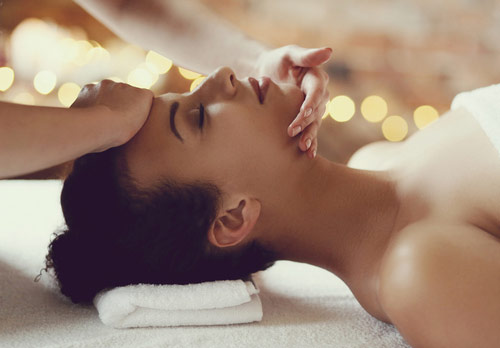





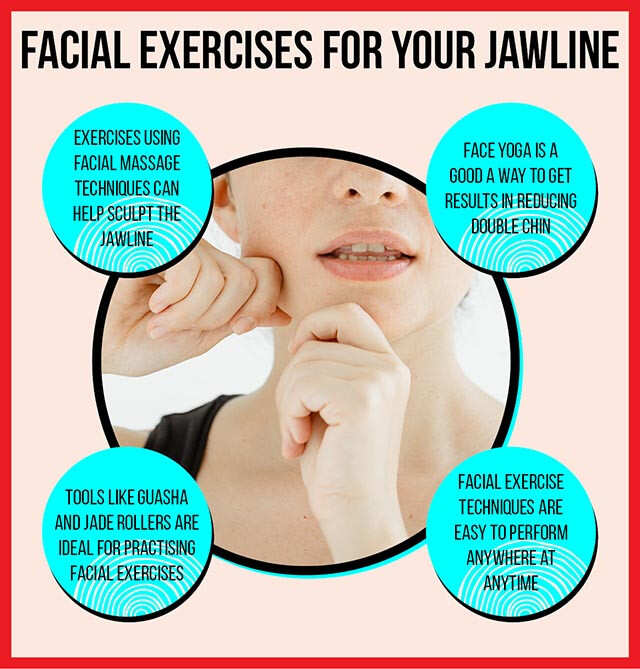

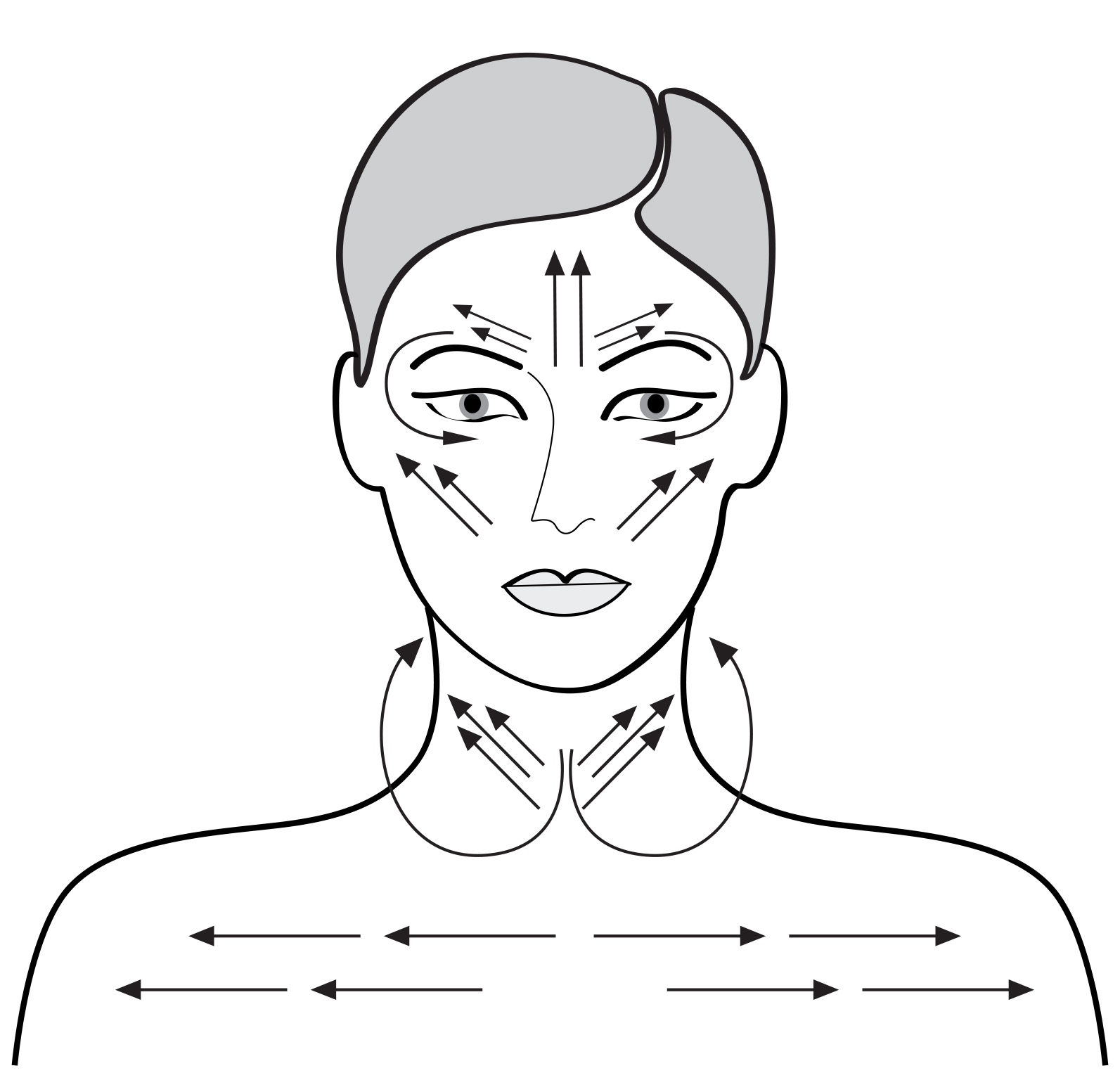

:max_bytes(150000):strip_icc()/cdn.cliqueinc.com__cache__posts__264935__facial-massage-technique-264935-1533751559897-image.700x0c-e8c06b17028546fcabf17fcf03b25573.jpg)


